If you haven’t tried energy healing before, then you may be a little apprehensive about your first Reiki session.
I get it. The idea of energy being channeled through someone’s hands for healing may seem a little far-fetched. Some of my first-time clients have even described their experience as ‘out of this world’.
But stay with me for a moment, and try this little experiment.
Put both of your palms facing each other about 10cms apart (keep them relaxed and cupped) and now slowly pull your hands out to about 20cms then back again to 10cms, while trying to focus on the sensation in the palms. Close your eyes and do some deep slow breathing. Do this for a minute or two.
Did you feel it? You may have experienced a tingling sensation or like a magnetic pull was between your hands, maybe even a ball of energy.
If you didn’t feel anything, that’s ok, try this experiment below:
Energy is everywhere and in everything, and for centuries many of the ancient eastern medicines and practices have worked with energy for health and wellbeing – like acupuncture and tai chi.
What is Reiki?
Originating in Japan in 1922 with founder Mikao Usui, Reiki is a form of hands-on healing by channeling the universal energy onto energy fields around the body.
Energy healing helps the flow of energy and remove blocks, and enhances the body’s natural healing ability to restore physical and emotional wellbeing.
Everyone’s experience of Reiki is a little different, and every experience of Reiki can be a little different. This is why I tell my clients it’s best not to have too many expectations about their session, and be open to what comes to support their healing.
What happens during a Reiki session?
While sessions may vary, generally the Reiki practitioner will talk to the client before the session to discuss the intention or purpose of the session and if they have any conditions or issues they would like to focus on for healing and release.
The practitioner will then place their hands on and/or above the client’s body in a series of postures including the eyes, ear, head, heart, stomach, hands, feet, knees and back including the chakras.
Reiki can be given lying down or sitting up and sessions generally last between 30 and 90 minutes.
Some practitioners combine other healing modalities such as talk therapy, readings, crystal work, meditation, aromatherapy, sound healing, etc to support the Reiki session but they are not necessary to experience the benefits of Reiki.
So it’s a good idea to discuss with your practitioner before you book what they do in their particular practice.
What does Reiki feel like?
Everyone’s experience of Reiki is a little different, and every experience of Reiki can be a little different. This is why I tell my clients it’s best not to have too many expectations about their session, and be open to what comes to support their healing.
Some of my clients’ experience:
- energy or heat over parts of their body
- tingling, pain or other sensations
- some see colour
- intense emotional reactions (crying) during or after sessions
- deep relaxation or fall asleep
Generally, though, most people describe Reiki as incredibly powerful, relaxing, invigorating and healing.
How does Reiki help?
While there has been little scientific research done on the healing benefits of Reiki, many people have reported that it has supported them in healing:
- emotional issues – grief, depression, finding balance
- physical conditions – chronic pain and disease
- releasing energy blocks, improving the flow of ki (chi, prahna – life force) and balancing chakras
- mindset or behavioural change – breaking habits or letting go of limiting beliefs
- relaxation and stress management
- spiritual growth and connection
What is distance healing?
Because Reiki is a form of energy healing, second level practitioners and masters can perform distance healing for clients. Distance healing allows energy to be channeled across time (past and future) and space, and means the client doesn’t have to be present in the same location as the practitioner.
Reiki can also support the wellbeing of any living thing such as pets, animals, trees and plants, and can be channeled in the work or home environment.
Why did I become a Reiki practitioner?
I first went to Reiki because I was struggling with chronic pain and was desperate for some relief. As I have come to discover over the years, pain is often a sign that there’s not only physical stuff going on, but a whole lot of emotional and spiritual stuff that needs healing. Check out Louise Hay’s You Can Heal Your Life for a great introduction to what physical conditions can mean.
I remember during my first few experiences of Reiki, I was surprised by how much release I felt, not just in my physical pain, but in releasing deep grief and hurt.
These experiences led me to become a Reiki practitioner, and in the time that I have been offering Reiki to clients, I have already seen so many healing benefits from this beautiful practice.
Here’s what some of my clients have said about their experiences…
‘OMG and it was amazing no idea what would happen and I was not disappointed I feel amazing, thanks Annette’ – Rebecca
‘I’m so grateful to have met you, Annette! Thank you again for the beautiful session. My heart is full!’ – Marianne
Book a Reiki Session

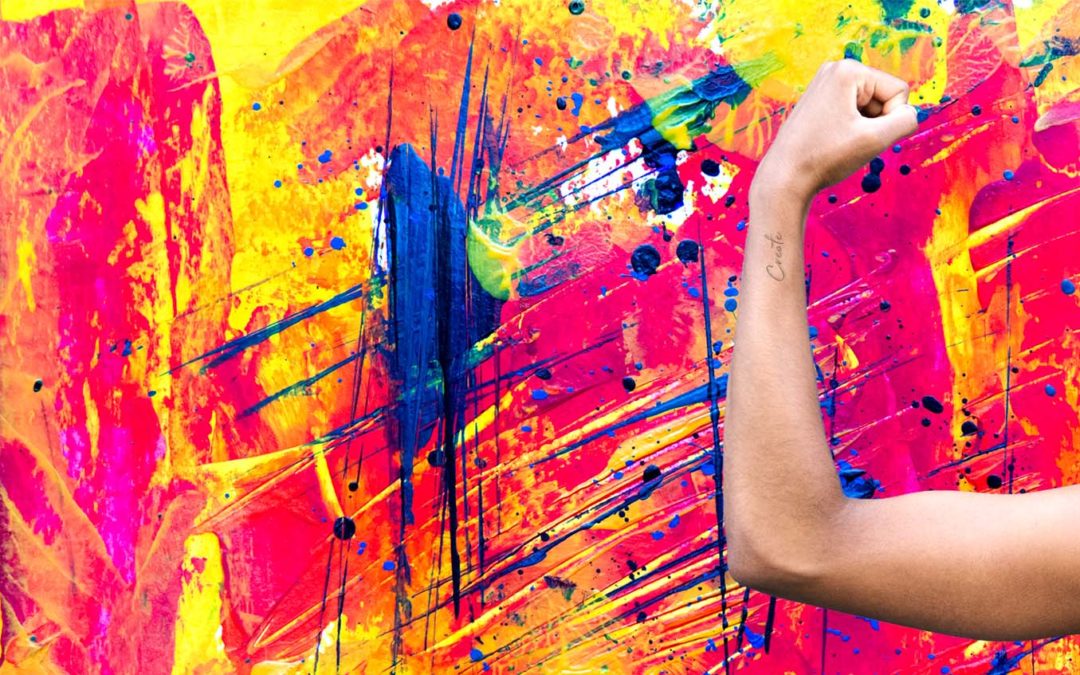
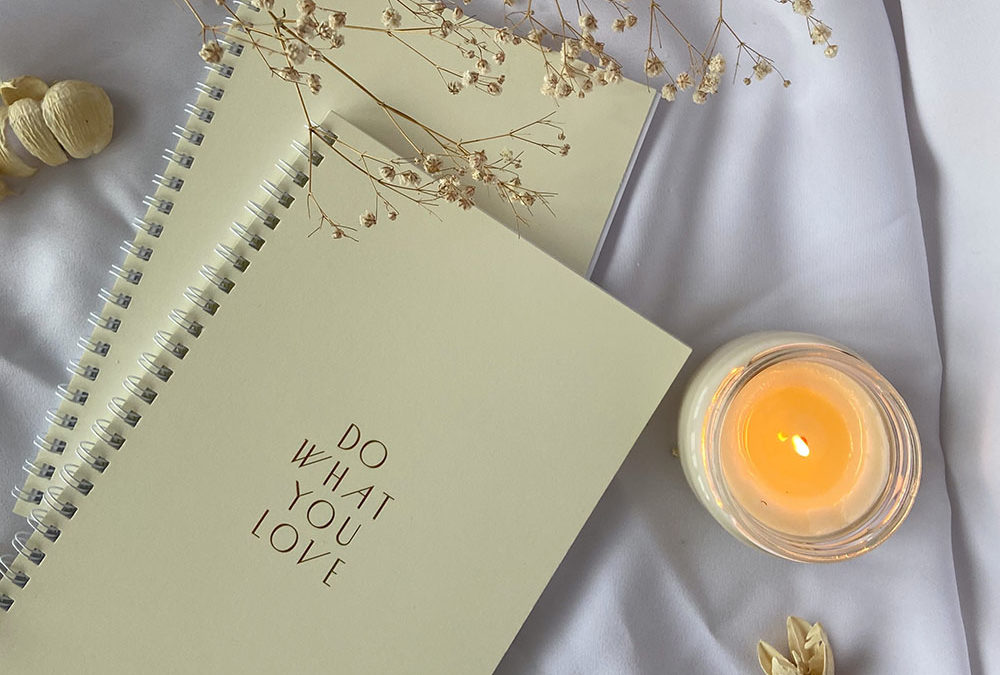
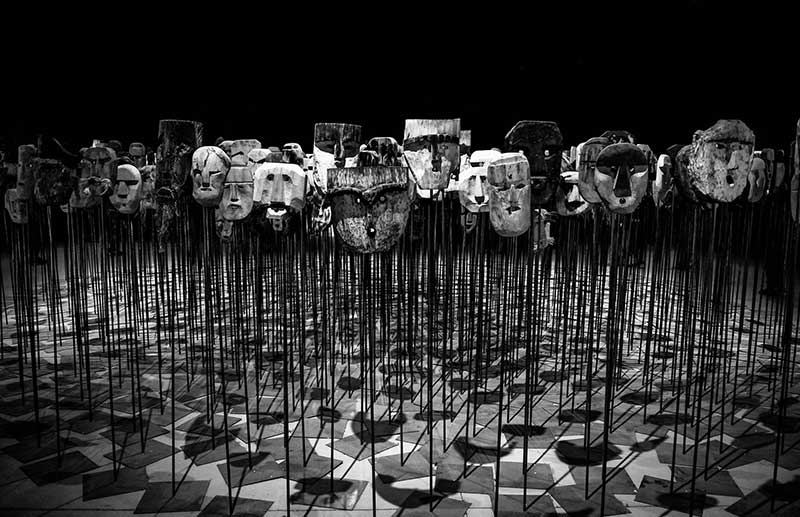
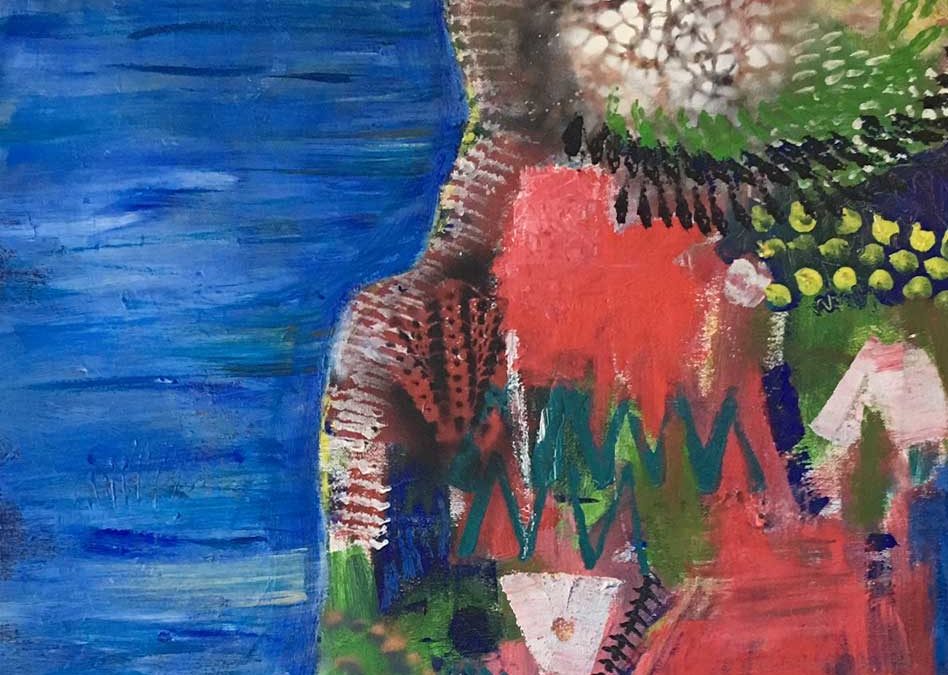
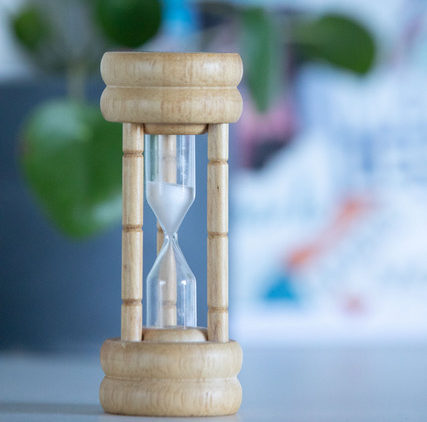
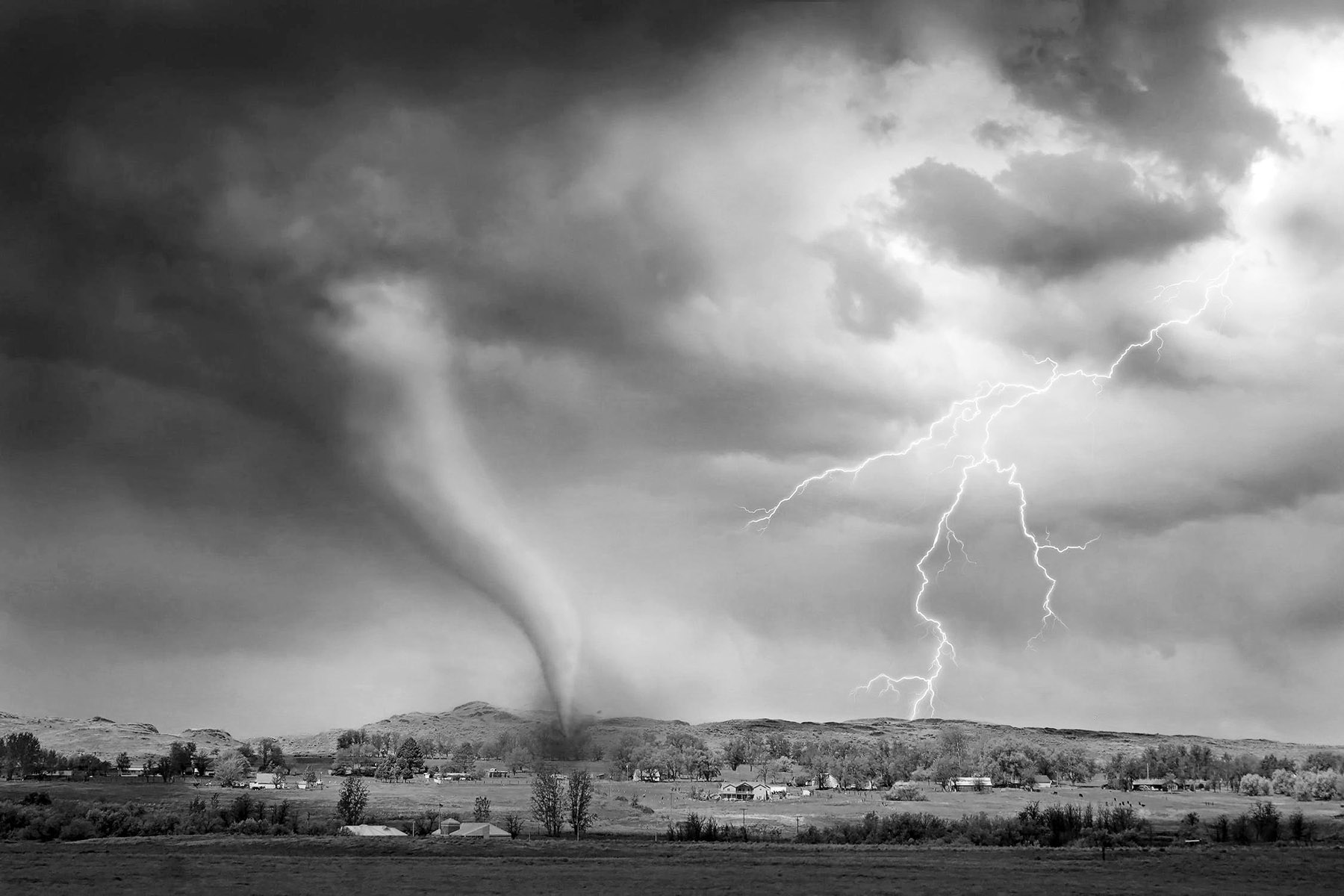
0 Comments